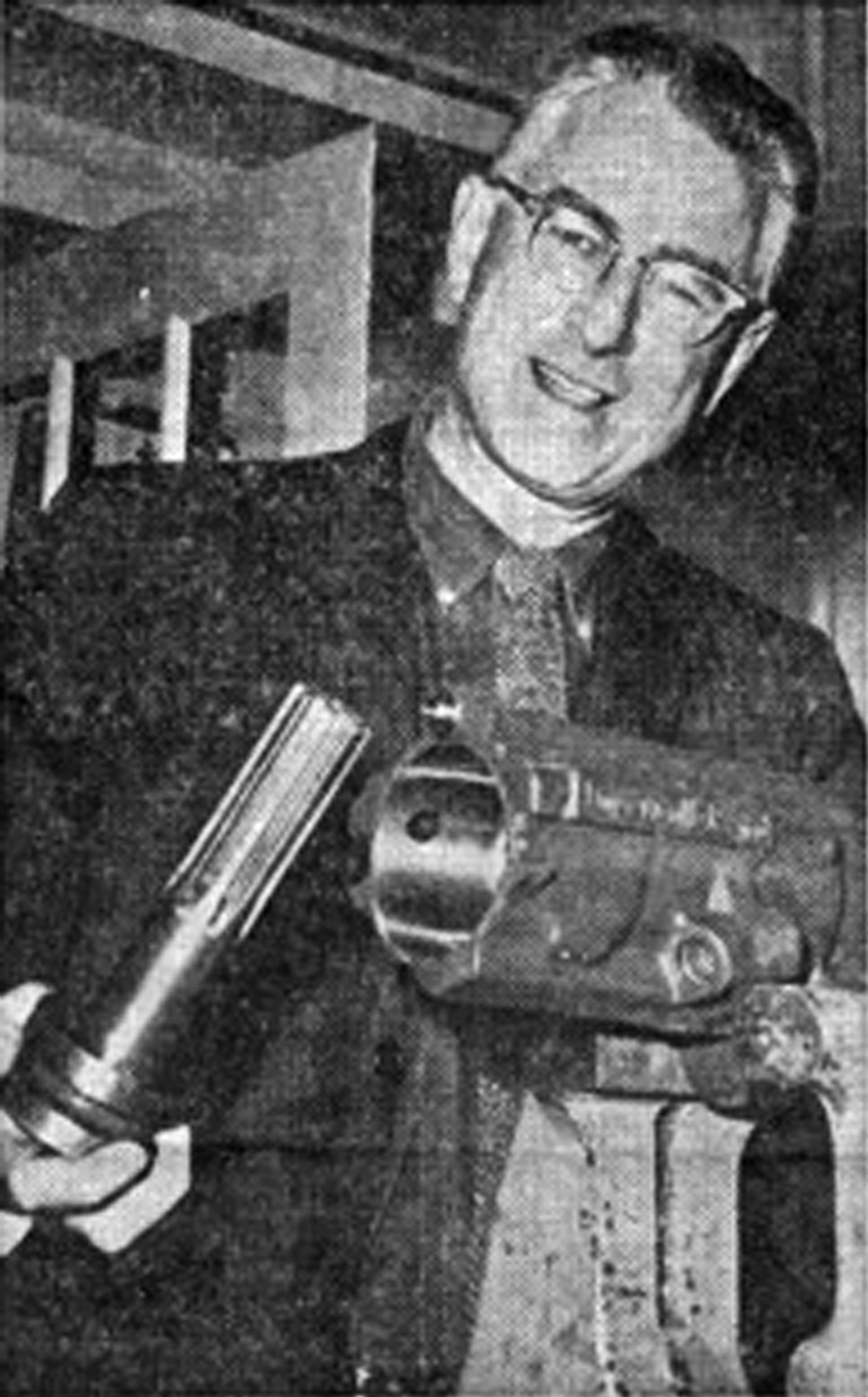Editor’s note: This is the second of two articles on Professor John Cone.
Last week, I discussed my vicarious introduction to John and the agent of that introduction, Keith Droste — an equally impressive gentleman. Droste had been the general manager of the Mayflower Mine from 1962 to 1966.
During the 1940s, Cone had worked at the mine as their principal mining engineer. The joyous conclusion of World War II signaled an end to the military’s insatiable appetite for lead. Unfortunately for the mining-based economy of Park City, the impact was severe. As a result, Cone left the Mayflower Mine.
He accepted a similar position with a coal mining company (the Horse Canyon Mine) in Dragerton, Utah (now called East Carbon City). In 1952, after a near-fatal accident from a rock burst, Cone decided to find a new employment opportunity that fulfilled his dual passions for mining engineering and teaching.
Fate came calling and Cone was hired by the University of Utah as a teacher in their Mining Engineering and Geology Department. He became a full professor, teaching courses in mining methods, mine safety, surveying (underground and surface), mine ventilation, and other disciplines. Over the span of 17 years, he would inspire a generation of future mining engineers.
Two of Professor Cone’s former students shared their recollections with me. Both hailed from Park City.
James Lee “Jim” Hewitson and Michael Phillip “Mike” Wright both experienced the exceptionalism of John Cone.
Hewitson’s family lineage included three generations of miners. His grandfather, father and three of his older siblings distinguished themselves working in Park City’s mines. After graduating from Park City High School (class of 1965), Hewitson enrolled at the University of Utah to study math and science. Junior year required Hewitson to declare a major. To the applause of his family, he selected mining engineering. He would graduate with honors in 1970, earning a BS degree in mining engineering. He later returned for an MBA in Finance.
In 1960, the University of Utah awarded Wright his BS degree in geological engineering, followed by a doctorate in geophysics in 1966. Besides being a student of Cone, Wright also worked for him.
Despite a 10-year age difference between Hewitson and Wright, they shared nearly identical descriptions of Professor Cone.
In the university’s mining program, he was a legend, both as an exceptional instructor and leader. He expected and encouraged superior performance. Cone’s classes required thorough preparation. Pop quizzes were frequent and demanding, tests even more so.
Cone could not care less whether one came from privilege or not, he harbored no discrimination — his sole focus was helping his students realize the best that they could be both in the classroom and beyond. He excelled at communication, whether it be writing, speaking or listening. There was never a doubt regarding his expectations. His teaching style was a unique blend of humor, self-deprecation, inspiration and the sharing of life lessons.
Predictably, students clamored to take his classes.
Cone’s fingerprints would be on the scale when it came to helping his students and his graduates achieve their first mining jobs. Hewitson and Wright benefited accordingly. Their respective mining careers would prove illustrious, which they attributed decades later to Professor Cone and his demands of exceptionalism.
The Park City Museum wishes an exceptional education to all of Park City’s students as they head back to school.
Acknowledgements: My appreciation to Marianne Cone, Patrick Cone, Jim Hewitson, and Mike Wright for their generous time and consideration to describe Professor John Cone.
David Nicholas is a Park City Museum researcher.

